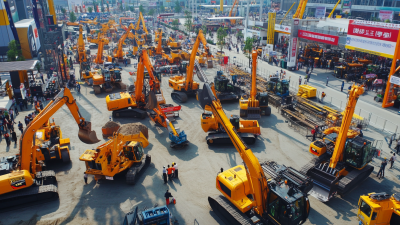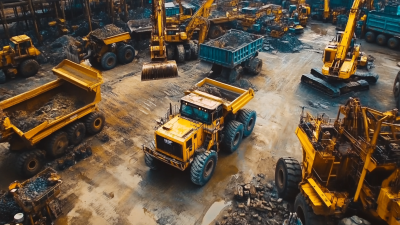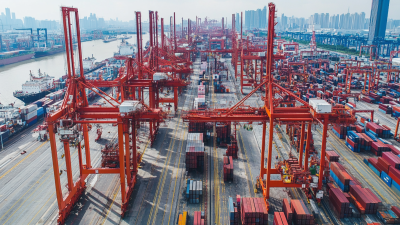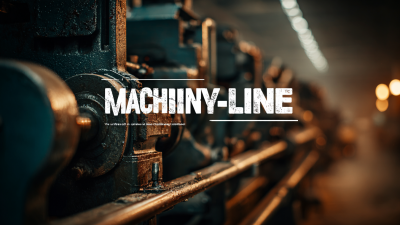Leave Your Message
- Phone
- E-mail
- Whatsapp
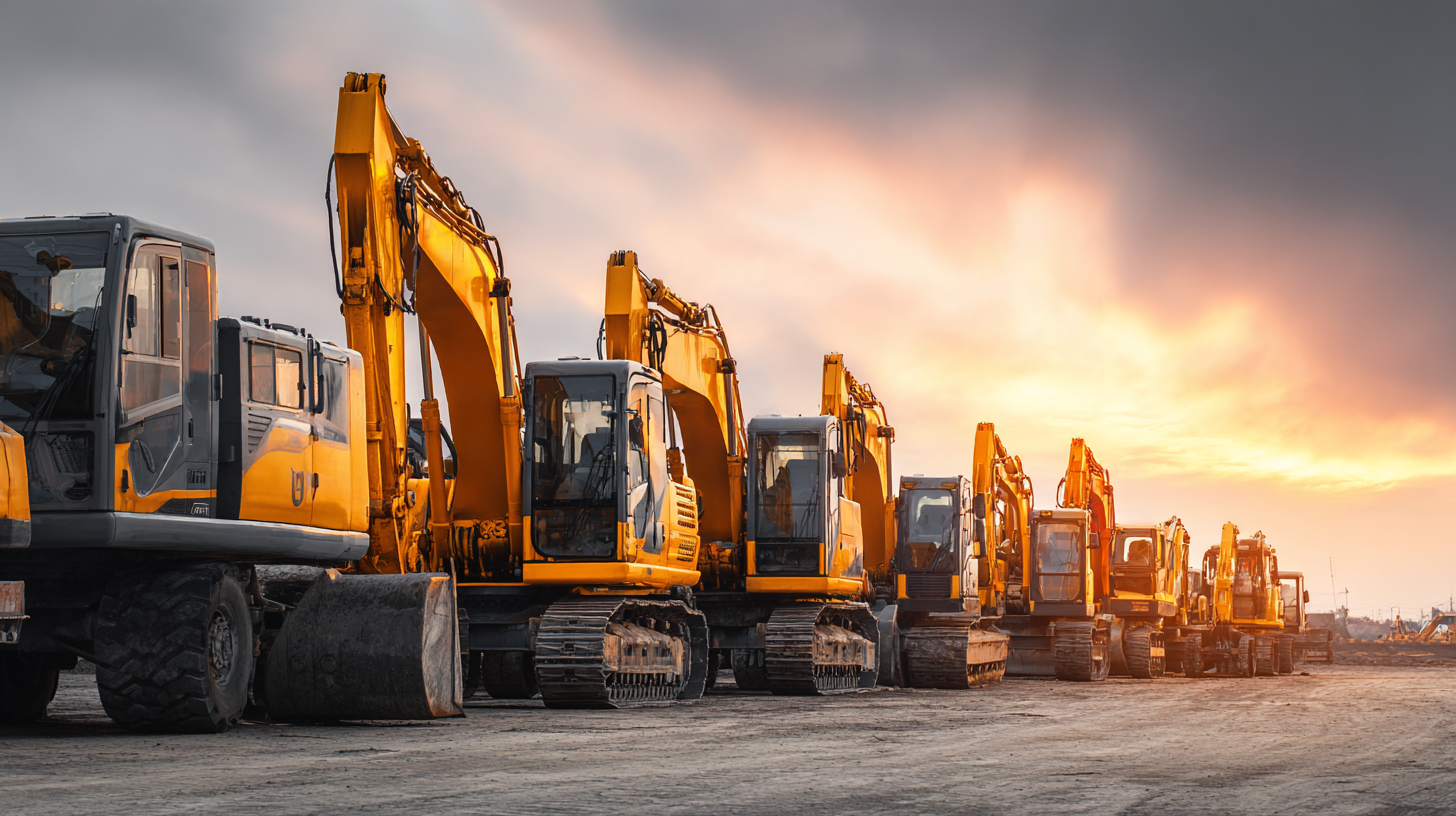 Selecting the right construction vehicles for your project is a critical decision that can significantly impact efficiency, safety, and overall project costs. According to a report by the Construction Industry Institute, improper selection of construction equipment can lead to a 10-15% increase in overall project costs due to delays and inefficiencies. The construction sector is continuously evolving, and with advancements in technology, the array of available vehicles has expanded, necessitating a comprehensive understanding of industry specifications.
Selecting the right construction vehicles for your project is a critical decision that can significantly impact efficiency, safety, and overall project costs. According to a report by the Construction Industry Institute, improper selection of construction equipment can lead to a 10-15% increase in overall project costs due to delays and inefficiencies. The construction sector is continuously evolving, and with advancements in technology, the array of available vehicles has expanded, necessitating a comprehensive understanding of industry specifications.
From excavators and bulldozers to concrete mixers and cranes, each type of construction vehicle has unique capabilities tailored to specific tasks. Understanding these nuances not only enhances productivity but also ensures compliance with safety regulations, ultimately paving the way for successful project execution. As the demand for efficient construction practices intensifies, making informed choices about construction vehicles has become more imperative than ever.
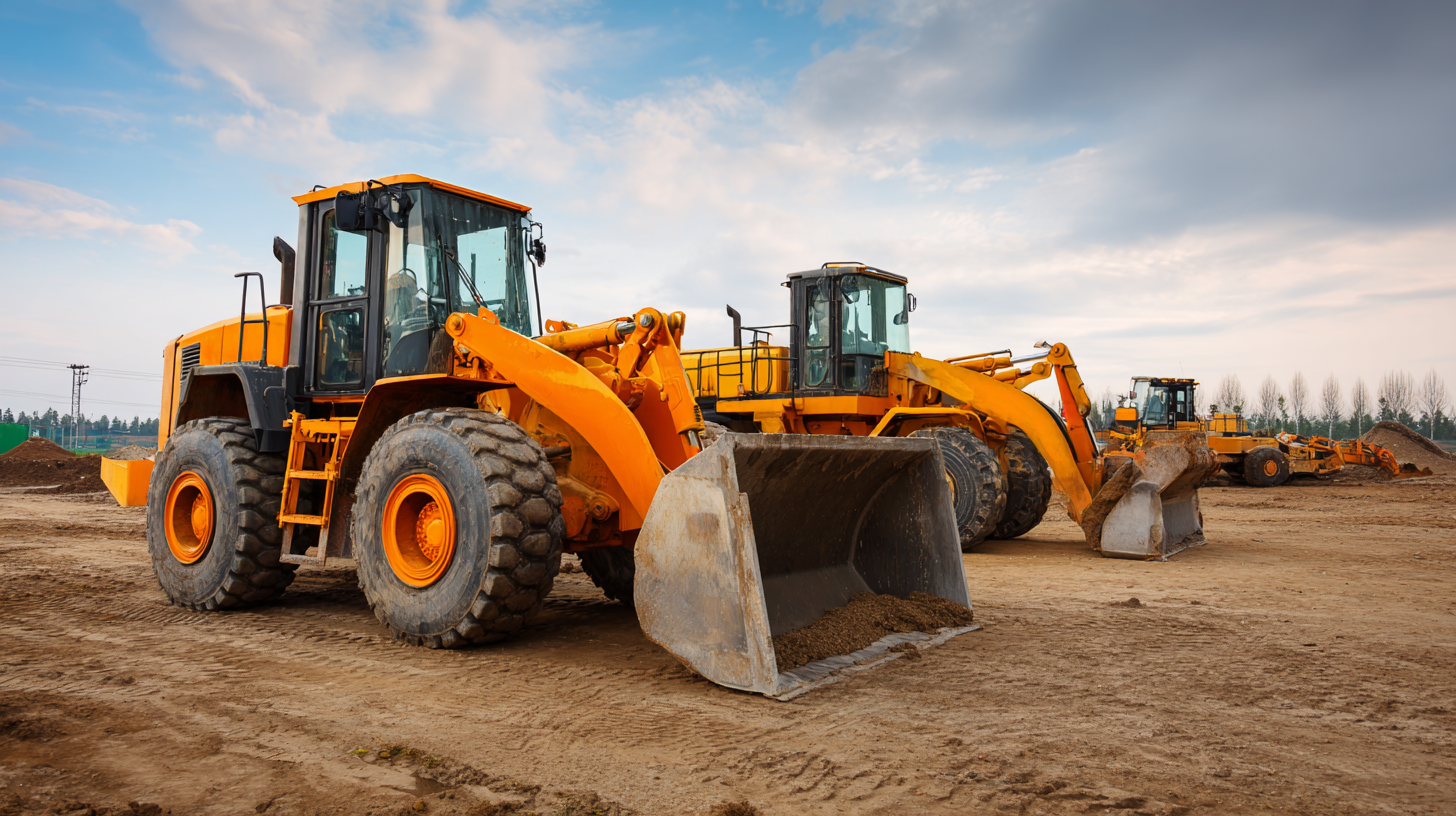 Selecting the right construction vehicles for your project requires a clear understanding of project requirements and industry specifications. According to the 2022 Construction Industry Equipment Report by the Association of Equipment Manufacturers (AEM), the type of equipment chosen can significantly impact not only the efficiency of the project but also its safety and overall cost. For instance, using the appropriate type of excavator can enhance earth-moving capabilities, with compact excavators often proving ideal for urban projects, where space is limited.
Selecting the right construction vehicles for your project requires a clear understanding of project requirements and industry specifications. According to the 2022 Construction Industry Equipment Report by the Association of Equipment Manufacturers (AEM), the type of equipment chosen can significantly impact not only the efficiency of the project but also its safety and overall cost. For instance, using the appropriate type of excavator can enhance earth-moving capabilities, with compact excavators often proving ideal for urban projects, where space is limited.
Additionally, the American Society of Civil Engineers (ASCE) emphasizes that adhering to machinery specifications can reduce downtime. Their research indicates that mismatched equipment increases the likelihood of delays by over 30%, as the wrong vehicles may lead to inefficiencies and potential project setbacks. Understanding the load-bearing requirements, site topography, and project duration will guide project managers in selecting vehicles that not only meet regulatory standards but also align with operational objectives.
Prioritizing vehicles tailored to specific project specifications can result in safer work environments and optimized workflow.
When evaluating different types of construction vehicles for a project, it's essential to consider various industry specifications that align with the specific requirements of the construction methods being employed. Recent studies on construction methods, such as the comparison between top heading and benching (HB) and conventional methods (CD), highlight how the choice of equipment can significantly impact efficiency and safety. The selection of construction vehicles must reflect the operational needs, such as step height for excavation, to optimize the construction process and reduce risks.
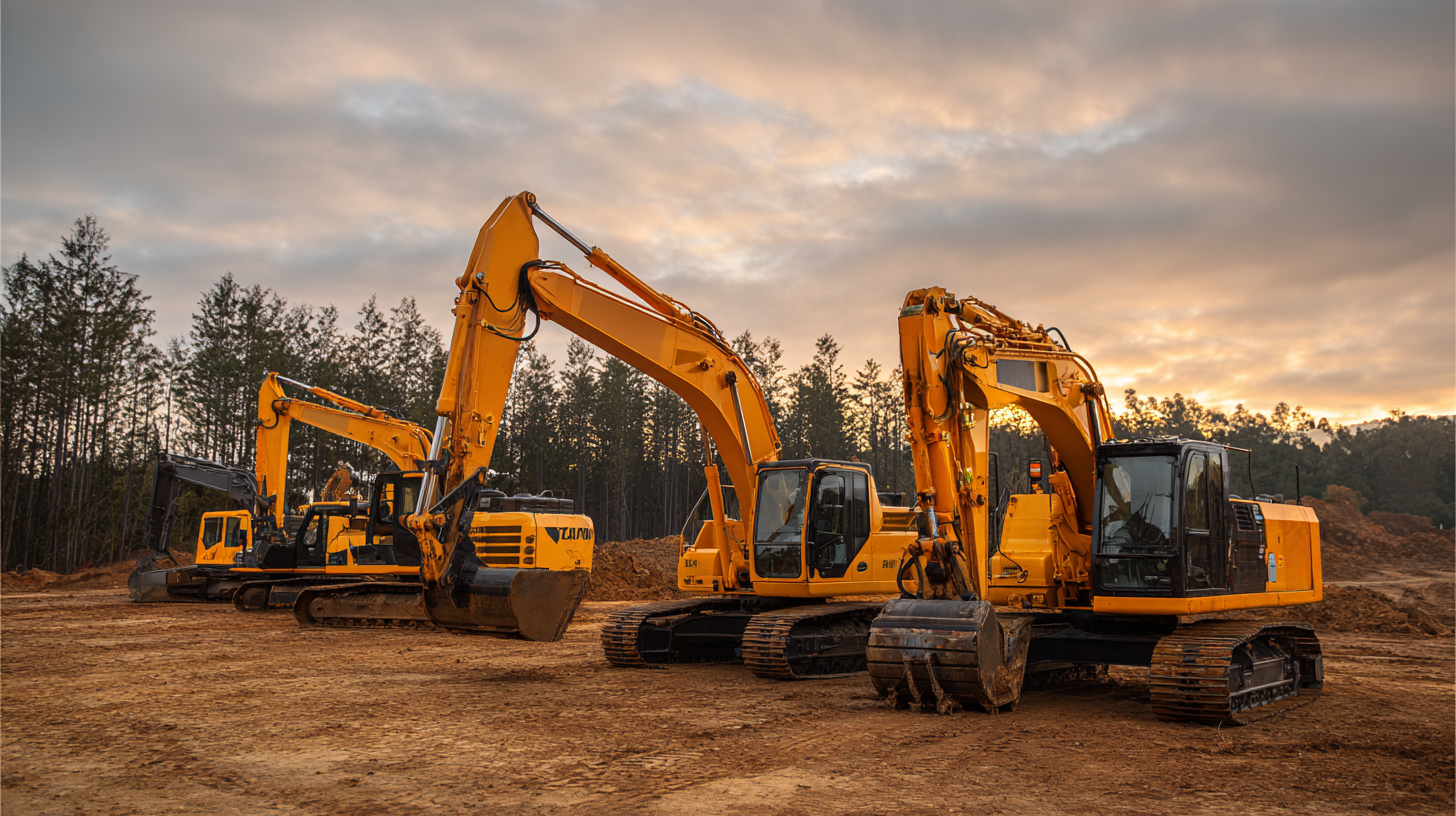
Furthermore, advancements in technology, such as Mixed Reality applications for progress monitoring and automated object recognition, underscore the importance of selecting vehicles equipped with modern capabilities that facilitate real-time data capture and analysis. Vehicles that are compatible with these technologies can enhance project oversight and adapt to various construction challenges, ensuring adherence to safety and performance standards.
Ultimately, choosing the right construction vehicles involves a careful assessment of both technical specifications and the project’s unique demands, leading to improved outcomes and sustainability in construction practices.
When selecting construction vehicles for your project, it's essential to prioritize vehicle performance and efficiency standards, as these criteria significantly impact operational success. Assessments should begin with understanding the specific requirements of your project, including terrain, load capacity, and project timelines. Vehicles that offer superior horsepower, torque, and fuel efficiency can reduce operational costs and enhance productivity on-site. For example, heavy-duty trucks and excavators that are optimized for fuel consumption can lead to substantial savings, especially on long-term projects.
Moreover, it is crucial to evaluate industry specifications that govern equipment performance. These standards often include emissions regulations, safety features, and durability metrics. Vehicles that comply with the latest environmental standards not only promote sustainability but may also qualify for incentives or rebates. Additionally, investing in technology such as telematics systems can provide real-time data on vehicle performance, helping project managers make informed decisions regarding maintenance and operational efficiencies. By critically assessing the performance and efficiency metrics of construction vehicles, you can ensure that your selection aligns with both project requirements and industry benchmarks.
| Vehicle Type | Engine Power (HP) | Max Load Capacity (tons) | Fuel Efficiency (mpg) | Operating Weight (tons) |
|---|---|---|---|---|
| Excavator | 150 | 17 | 10 | 18 |
| Bulldozer | 200 | 20 | 8 | 22 |
| Forklift | 100 | 4 | 12 | 5 |
| Concrete Mixer | 300 | 9 | 6 | 20 |
| Dump Truck | 250 | 15 | 7 | 26 |
When selecting construction vehicles for a project, budget constraints play a crucial role in the decision-making process. The importance of conducting a thorough cost analysis cannot be overstated, as it helps determine which vehicles will deliver the best value while staying within financial limits. Factors such as purchase price, operating costs, maintenance expenses, and potential resale value should all be examined closely.
Understanding the total cost of ownership can significantly influence the choice of vehicles, making it essential to consider both upfront and long-term expenses.
Moreover, considering the specifications of the construction project is vital in aligning the functional requirements with the budget available. For instance, a lower-cost vehicle might suffice for smaller projects, while larger infrastructure developments may necessitate investing in more specialized and potentially expensive machinery. Therefore, a strategic approach that balances budget constraints with project demands will lead to more efficient vehicle selection, ensuring that the construction efforts are supported effectively while adhering to financial guidelines.
Selecting the right construction vehicles for your project requires a thorough understanding of industry specifications and compliance factors. In recent years, regulatory frameworks governing construction vehicles have become increasingly stringent, emphasizing safety, emissions, and operational efficiency. For instance, as of 2022, the National Highway Traffic Safety Administration reported that about 23% of construction-related accidents were attributed to inadequate vehicle specifications not meeting industry regulations.
When choosing vehicles, businesses should prioritize compliance with these evolving industry standards. The European Union's emissions regulations have pushed companies to adopt cleaner technologies, resulting in a significant increase in electric and hybrid vehicles within the sector. Reports indicate a 30% rise in demand for such vehicles from 2021 to 2022, as companies align their fleets with strict environmental requirements.
**Tips:** Ensure that any vehicle you consider is certified under current safety regulations and emissions standards. Regularly consult industry reports and government publications to stay informed about changing compliance requirements. Additionally, conduct a cost-benefit analysis of vehicle options that meet your project specifications while adhering to regulatory demands.
This chart illustrates the percentage of compliance with industry regulations for different types of construction vehicles relevant to your project.
